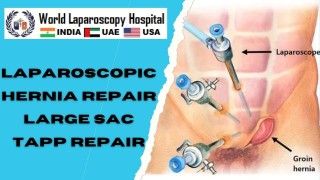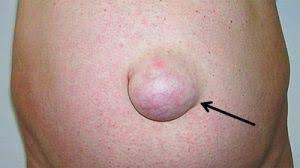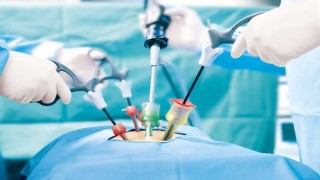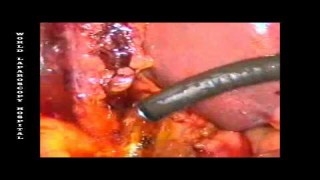Laparoscopic Myomectomy for Large Uterine Fibroid
Add to
Share
198 views
Report
2 months ago
Description
Laparoscopic myomectomy is a minimally invasive surgical procedure designed to remove fibroids from the uterus while preserving the organ. It is an ideal choice for women who wish to retain their fertility or avoid hysterectomy. When it comes to managing large uterine fibroids, the procedure requires advanced laparoscopic expertise, precision, and careful surgical planning. Understanding Uterine Fibroids Uterine fibroids, also known as leiomyomas, are noncancerous growths that develop within the muscular wall of the uterus. While many fibroids remain small and asymptomatic, some can grow to a large size, leading to symptoms such as: Heavy menstrual bleeding Pelvic pain or pressure Frequent urination Difficulty conceiving Abdominal distension resembling pregnancy Large fibroids, particularly those exceeding 8–10 cm in size, pose significant challenges during surgical removal due to their bulk, blood supply, and impact on uterine anatomy. Why Choose Laparoscopic Myomectomy for Large Fibroids? Traditionally, large fibroids were removed through open abdominal surgery (laparotomy). However, with advancements in laparoscopic techniques, many large fibroids can now be removed using minimally invasive approaches. Key benefits include: Smaller incisions with minimal scarring Reduced postoperative pain Lower risk of wound complications Shorter hospital stay and faster recovery Preservation of the uterus and fertility potential The Surgical Procedure Preoperative Preparation Imaging such as ultrasound or MRI is performed to map the size, number, and location of fibroids. Patients may be prescribed medications like GnRH analogs to shrink fibroids before surgery. Laparoscopic Access Small incisions (5–10 mm) are made to insert the laparoscope and surgical instruments. Carbon dioxide gas is used to inflate the abdominal cavity for better visualization. Fibroid Removal The uterine wall is carefully incised to expose the fibroid. The fibroid is enucleated from its bed with minimal damage to surrounding tissue. Advanced hemostatic techniques are used to control bleeding. Uterine Reconstruction The uterine muscle is meticulously sutured in multiple layers to restore strength and reduce the risk of uterine rupture in future pregnancies. Specimen Retrieval Large fibroids are often removed using contained morcellation or mini-laparotomy to prevent spillage of tissue inside the abdomen. Challenges and Considerations Size of Fibroid: Fibroids larger than 15–20 cm may require hybrid techniques. Risk of Blood Loss: Preoperative optimization and intraoperative hemostatic measures are critical. Fertility Preservation: Careful suturing of the uterus ensures future reproductive safety. Recovery and Outcomes Patients typically recover faster compared to open surgery. Most return to daily activities within 1–2 weeks. Fertility outcomes after laparoscopic myomectomy are generally favorable, making it the preferred approach for women desiring future pregnancies. Conclusion Laparoscopic myomectomy for large uterine fibroids represents a significant advancement in minimally invasive gynecologic surgery. With proper patient selection and expert surgical skills, even large fibroids can be safely removed while preserving the uterus. This technique not only enhances recovery but also provides women with the opportunity to maintain fertility and quality of life.
Similar Videos






